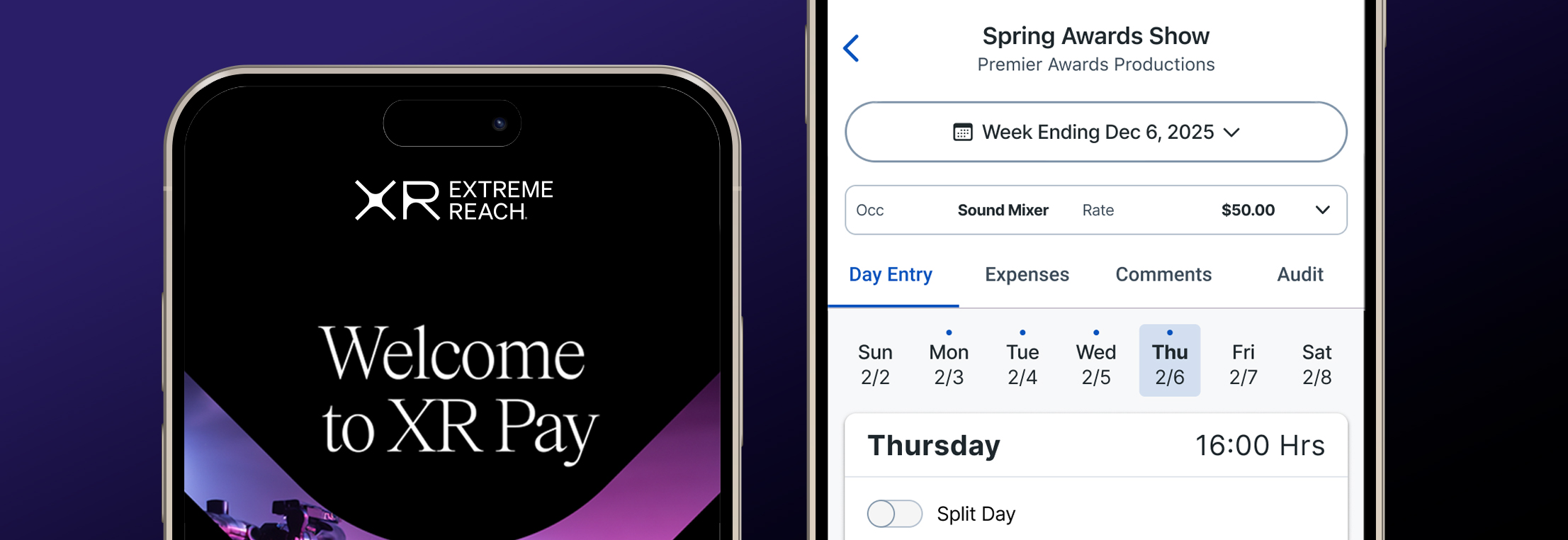The State of Pharmaceutical Advertising
No matter what’s happening in the world, consumers will always require healthcare services. “People need to take their prescription drugs, whether the economy is good or bad,” said Michael Leszega, associate director of market intelligence at IPG’s Magna. In that sense, pharmaceutical advertising is less prone to the spending highs and lows experienced by other sectors. According to Statista, the American pharma industry invested $6.88 billion on direct-to-consumer (DTC) advertising in 2021, making it the world’s largest pharmaceutical market, followed by China. Nowhere else do people dedicate as many dollars to over-the-counter drugs, prescription medications and related healthcare products and services. We take a look at pharmaceutical ad spending in the US—where it’s been and where it’s headed.
A Look at Last Year’s Ad Spend
Healthcare advertising spiked in conjunction with the global Covid-19 outbreak. Ad dollars were dedicated to Covid-related activations, with companies like Pfizer and BioNTech investing heavily in TV campaigns for their vaccines that showed families and friends “getting back to normal,” after time spent apart. Other pharma brands increased spending on ads related to skin, scalp and autoimmune-disorder treatments as they emphasized consumers’ desire to look and feel good when the world reopened in 2022. Pharma advertising increased 8% in the prescription brands category last year, hitting a total of $4.05 billion, according to iSpot.TV. Some of that growth was due to the psoriasis, skin and nail industry, which surged 46% in a single year.
Overall, pharma invested $5.5 billion in product ads at the start of 2022, as per Standard Media Index (SMI). That bump partly coincided with important cultural events, which included the Beijing Winter Olympics, where $165 million was spent to air television commercials during the games. “While TV advertising overall will have its challenges next year, pharma hasn’t shown signs of slowing down in recent years, and that momentum is likely to continue in 2023,” said Tyler Bobin, senior brand analyst at iSpot.TV. He believes that as the sporting industry grows more open to pharma, opportunities to advertise during live games and events will likely expand.
Yet pharma will no doubt have to contend with certain demographic changes. According to Bobin, “As Gen Z becomes a larger share of the buying public as well, it’ll be interesting to see if pharma adjusts TV ad creative to mimic digital marketing, as other industries have in recent years.”
Digital Drives Ad Dollars
Healthcare went digital in 2020 when much of the world shut down and telemedicine became the new norm. Patients around the country could suddenly access medical advice and treatment without leaving their living rooms, and order prescription drugs by opening an app. The move to online medicine coincided with a shift in healthcare budgets to digital platforms. Digital ad spending in the pharma sector soared by nearly 28% in 2020, then rose 26% when vaccines rolled out in 2021. “Digital ad spending in the industry shot up to nearly $11 billion as providers, insurers and pharma companies raced to reach consumers with updates on symptom checkers, office and pharmacy hours, and vaccines,” said eMarketer experts. And it shows no signs of slowing: eMarketer predicts that pharma’s digital ad spending will hit nearly $20 billion in 2024.
Linear TV viewing rates are on a slight decline as consumers continue turning their attention to streaming platforms, which means pharma brands are also advertising less on those traditional television channels. However, the healthcare sector drop is happening at a slower pace than other ad categories. In 2022, pharma and over-the-counter (OTC) drugs were actually the second-highest spending category in linear TV, behind consumer packaged goods and ahead of the tech sector, according to SMI. Meanwhile, digital spending in combined pharma and OTC advertising rose by 8% last year to $6 billion. Overall, pharma advertising spending across all media channels increased by 2% in 2022, while OTC spending rose 7%. “Consumers are more likely to see healthcare and pharma ads on a CTV screen (slowly replacing traditional TV) and on desktop/laptop devices, where they typically continue their research journey,” said eMarketer. Yet despite that shift, linear TV is expected to remain important when it comes to reaching mass audiences with messaging about new drugs.
Shift to Streaming
Linear television formats are especially conducive to healthcare advertising because it’s harder to translate extensive regulatory requirements from a long-form commercial to a shorter spot found on YouTube or similar digital platforms. But as more young viewers continue cutting the cord, pharma is expanding its advertising horizons to try fresh formats, such as six-second unbranded ads that don’t require lengthy regulatory explanations. Magna experts believe the future of pharma will contain investments on streaming platforms like Netflix, Hulu, Paramount Plus, Discovery Plus and Peacock, all of which host the type of content that would allow healthcare brands to run longer-form ads. “Without a doubt, these environments are the perfect landing spots for dollars that have shifted away from linear,” said Leszega.
While pharma ad spending enjoyed an increase with the outbreak of Covid-19 and subsequent vaccine rollouts, healthcare is now reinventing itself as dollars shift away from the linear channels to which pharmaceuticals have long been tied. That said, pharma generally devotes 15% to 20% of total marketing budgets to national TV campaigns—more than other sectors. With digital channels and streaming platforms entering the media mix, the future looks healthy for the world of pharma.
Whether you’re a marketer or agency looking to advertise on any digital or linear screen, Extreme Reach brings speed, accuracy, and deep insights to every campaign launch. Reach out today to learn more.



.jpg)
